Seacliff Lunatic Asylum, New Zealand
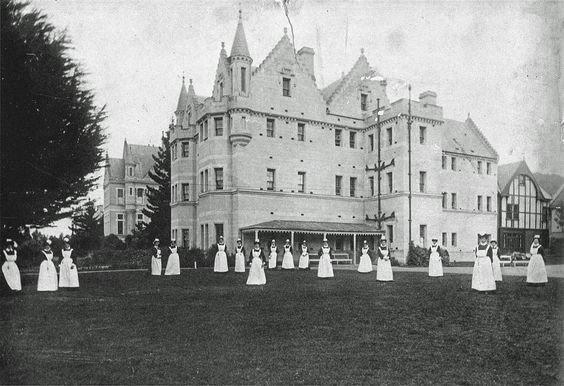
This picture shows the nursing staff outside New Zealand’s Seacliff Lunatic asylum around the year 1890. It is considered to be the most haunted place in New Zealand – though, of course, it’s no longer operational. This image alone looks as if it’s been taken straight out of a horror film.
The Pilgrim Psychiatric Center, Long Island, New York

This image from the Pilgrim Psychiatric Center shows several patients, three of whom are in straitjackets. These garments or tools were placed on patients to restrain them, stopping them from harming themselves or others by restricting their arms. This lack of control over their own body could drive them to further madness.
Trans-Allegheny Lunatic Asylum, West Virginia
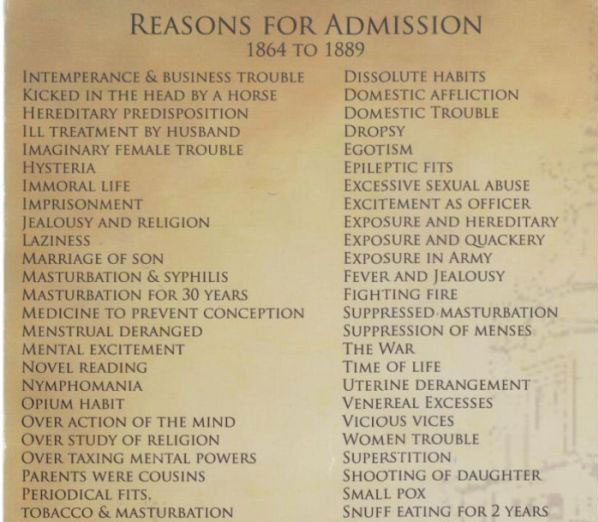
This is a list of reasons for which people would be placed in Trans-Allegheny Lunatic Asylum. As you can see, many of the reasons on the list are pretty unusual reasons to be put in an asylum. In fact many of us would probably end up locked up if grief, asthma, or novel readings were reason enough. It’s pretty scary to think of all the people who were locked up over arbitrary things.
Philadelphia State Hospital, Byberry

A patient is shown here in restraints, held to his bed. This is an image from the violent ward of Philadelphia State Hospital in the 1940s. Pictures like this make you think what it would have been like to be a patient back then. Being held down on a small bed, being labelled as violent, and being treated without respect must have been uniquely terrifying.
Willard Asylum for the Chronic Insane, New York

Willard Asylum was one of the largest mental institutes in the country, and now that it’s abandoned, it must be one of the creepiest too. The sign reading “NOT AN EXIT” leads you to imagine how the patients were kept inside and manipulated, but that’s the least of the unethical practices that went on at Willard. For one thing, any possessions that patients arrived with were stripped from them and thrown into the attic. These items were only discovered once the institution closed in 1995.
Letchworth Village, New York
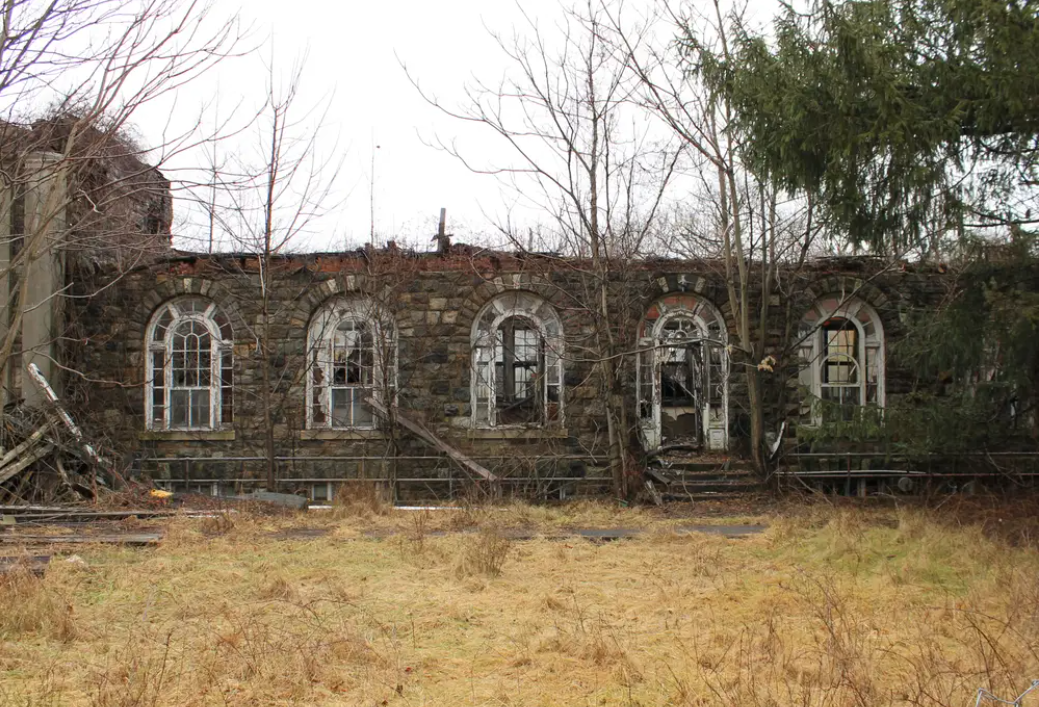
Letchworth Village practiced all sorts of controversial medicine, but its mental facilities had some of the worst conditions and practices of all. This was also largely due to it being both overcrowded and underfunded. It was one of the biggest employers in the area of Thiells as well, taking just about anyone willing to work there. Looking at the broken windows, now that it’s been abandoned, it has an eerie feeling to it, as if those who were once there might not have fully left.
West Riding Lunatic Asylum, Wakefield, Yorkshire
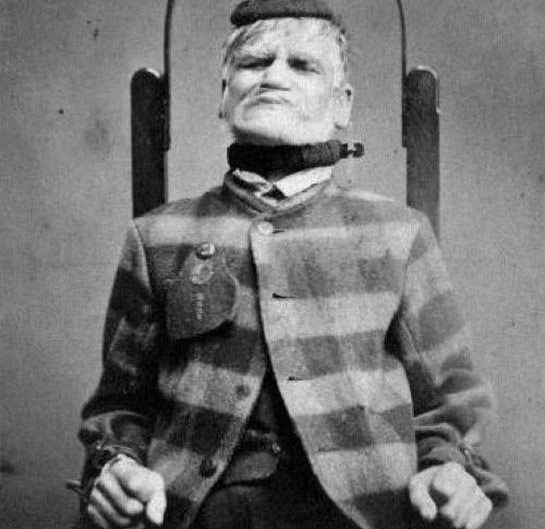
Poor treatment at old mental hospitals existed across the world. In West Riding Lunatic Asylum, they had chairs made to restrain patients. These chairs did not only secure the wrists, but the entire arm as well as the neck and head, making it impossible for the patient to move properly.
Psychiatric Hospital, Deir el Qamar, Lebanon
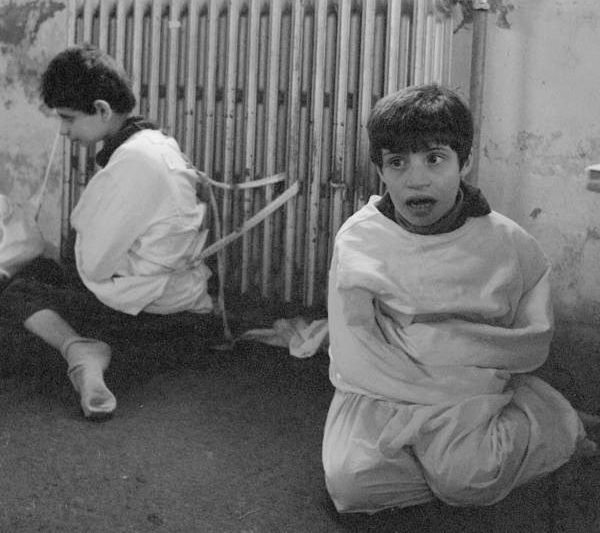
There are quite a few horrifying images from asylums out there, but this one is definitely near the top. Seeing such young children being restrained like this is pretty scary. Seeing adults being treated poorly is bad enough, but children are nearly always just victims of their circumstances, which makes this image that much more inhumane.
Cleveland State Mental Hospital, Ohio
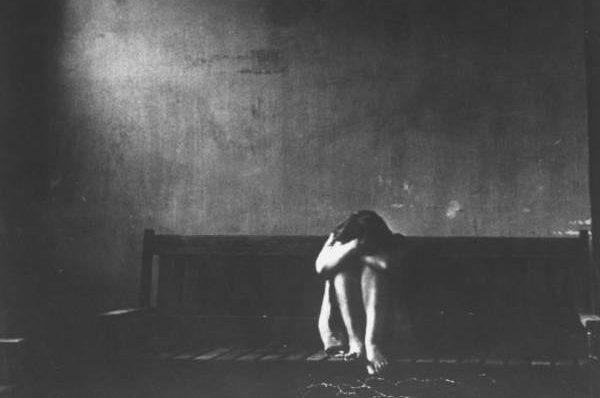
The 50s might seem like a long time ago or very recent, depending on who you ask. Regardless, mental hospitals at the time still weren’t reformed enough to treat people well. This is pictures pretty perfectly here as we see a patient sitting alone in a barren, dark room. It’s a haunting image that can’t help but cause both empathy and fear in the viewer.
Bella Vista Sanitorium, Philadelphia
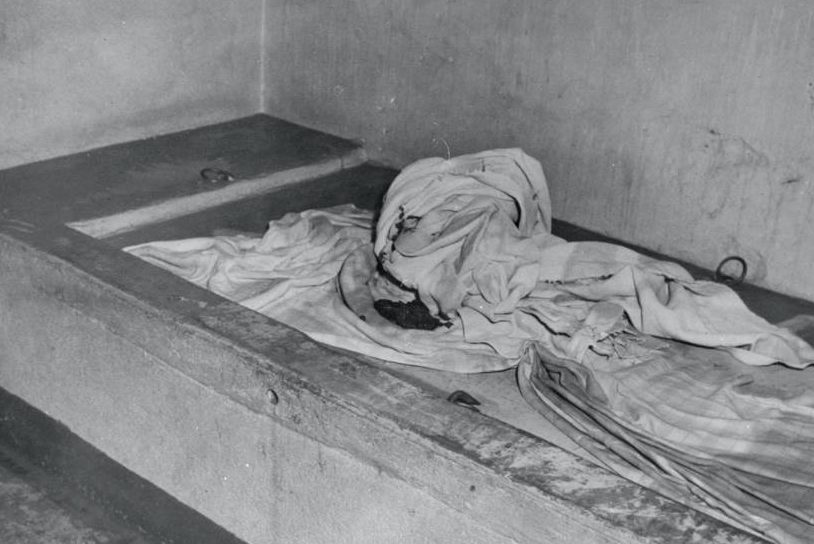
There are many haunting images of asylums out there, and this one is utterly terrifying once you know the context. A fire broke out at this facility in 1950 and ended up killing nine patients. Five of these deaths occurred because the patients in question had been chained to concrete slabs like the one pictured above. It just goes to show that inhumane behaviour can have terrifying consequences.
Drawing from Bethlem Royal Hospital, London
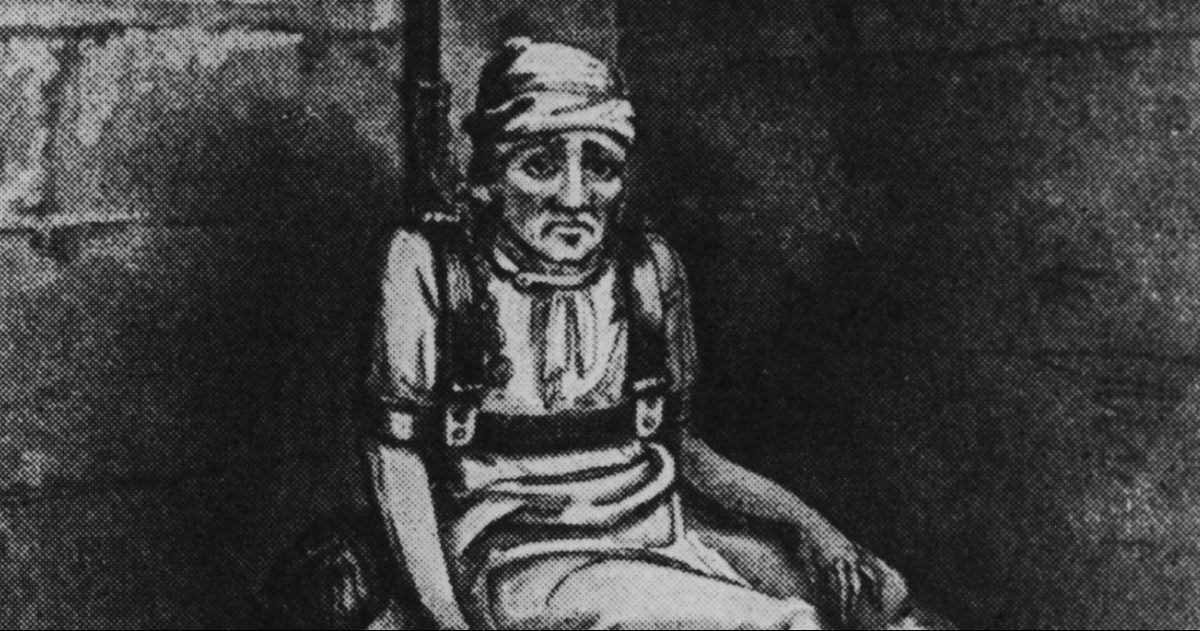
George Arnald drew patient William Norris in Bethlem Royal Hospital back in 1814. Bethlem was also known as Bedlam lunatic asylum. William Norris is shown here as being strapped to a vertical bar. He was restrained this way for several years which just makes the image more unsettling, along with the dark, barren-looking room.
Lobotomy at the Retreat, England
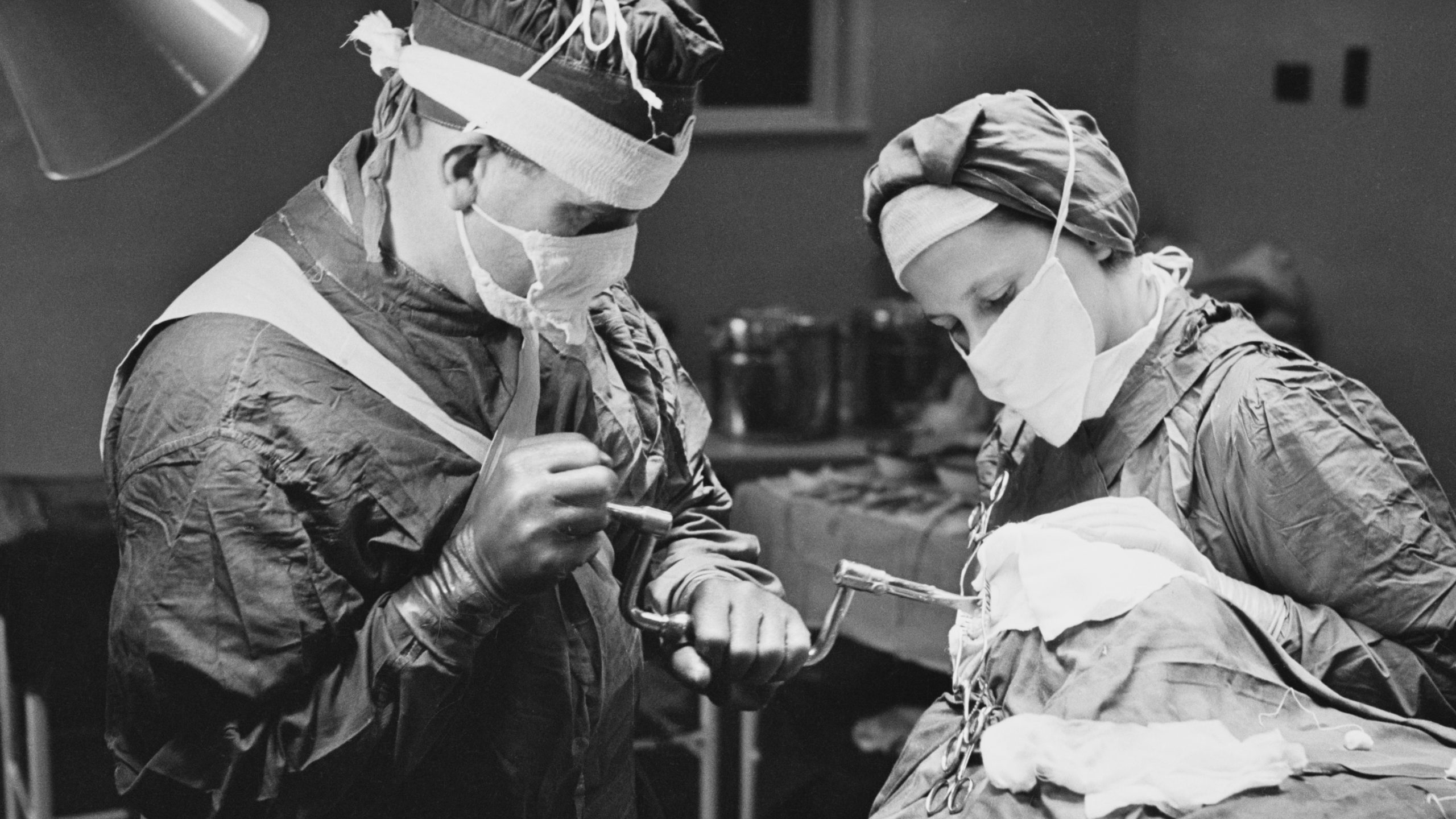
Photographer Kurt Hutton went on a journalism trip to a mental hospital in England in 1946 to show the truth of mental health treatment at the time. The hospital he visited was known as the Retreat, but the actual name of the hospital was kept a secret. What is known is that it was near York and was one of the better institutes for patient care. Regardless, the normality of treatments like lobotomies at the time is nothing short of concerning and off-putting.
Shock Treatment at the Retreat, England
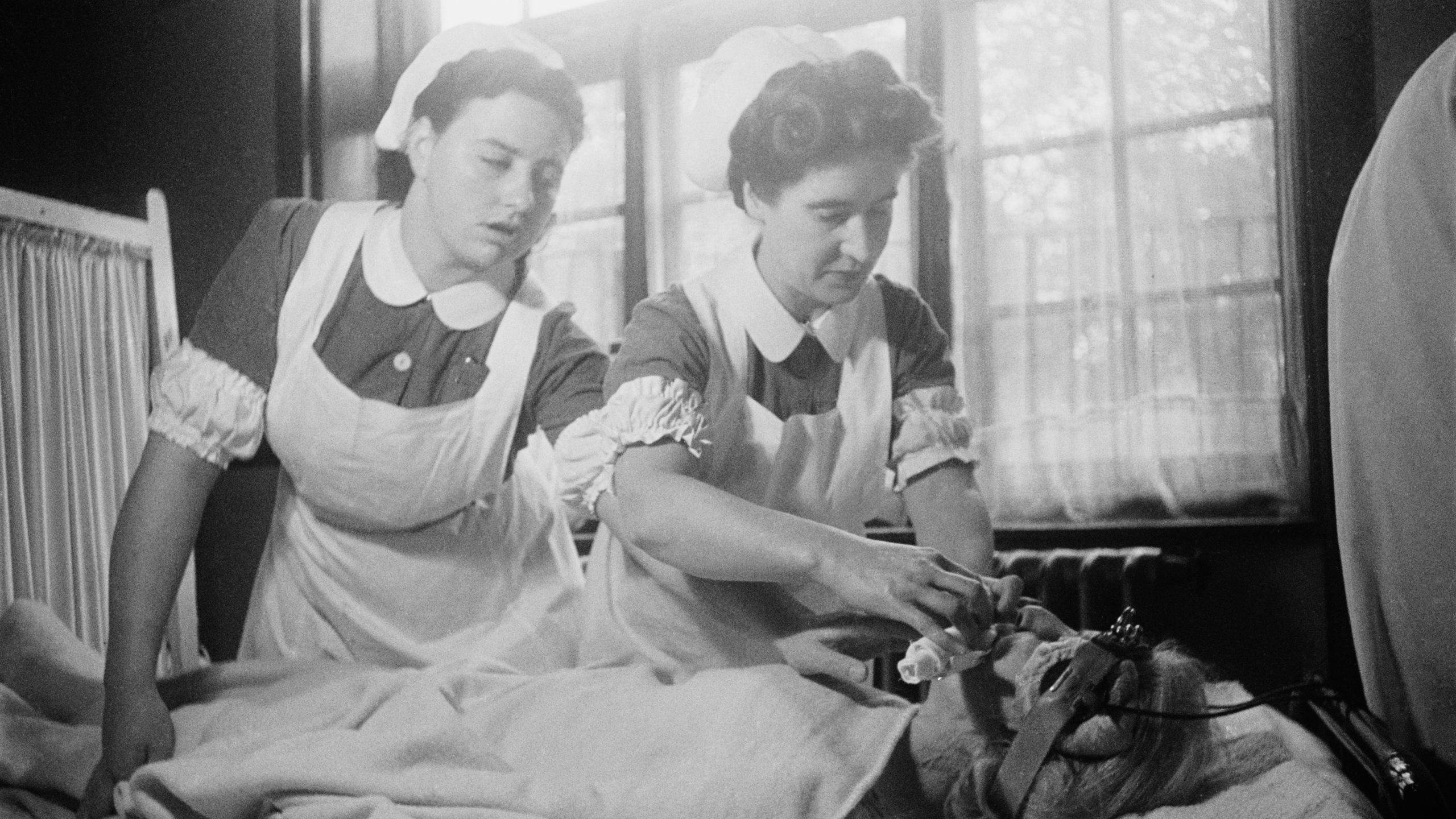
Electroshock therapy is still used in mental health medicine today occasionally, but it is whole-heartedly just an option for patients, and is never pushed upon them. Back in the 1940s, when patients were considered insane, even if they were simply suffering from depression, they had less autonomy. This patient is being held down with large electrodes on her head while she is electrocuted to cure her depression. It makes you grateful that practices has evolved so much between then and now!
Kunming Mental Hospital, China
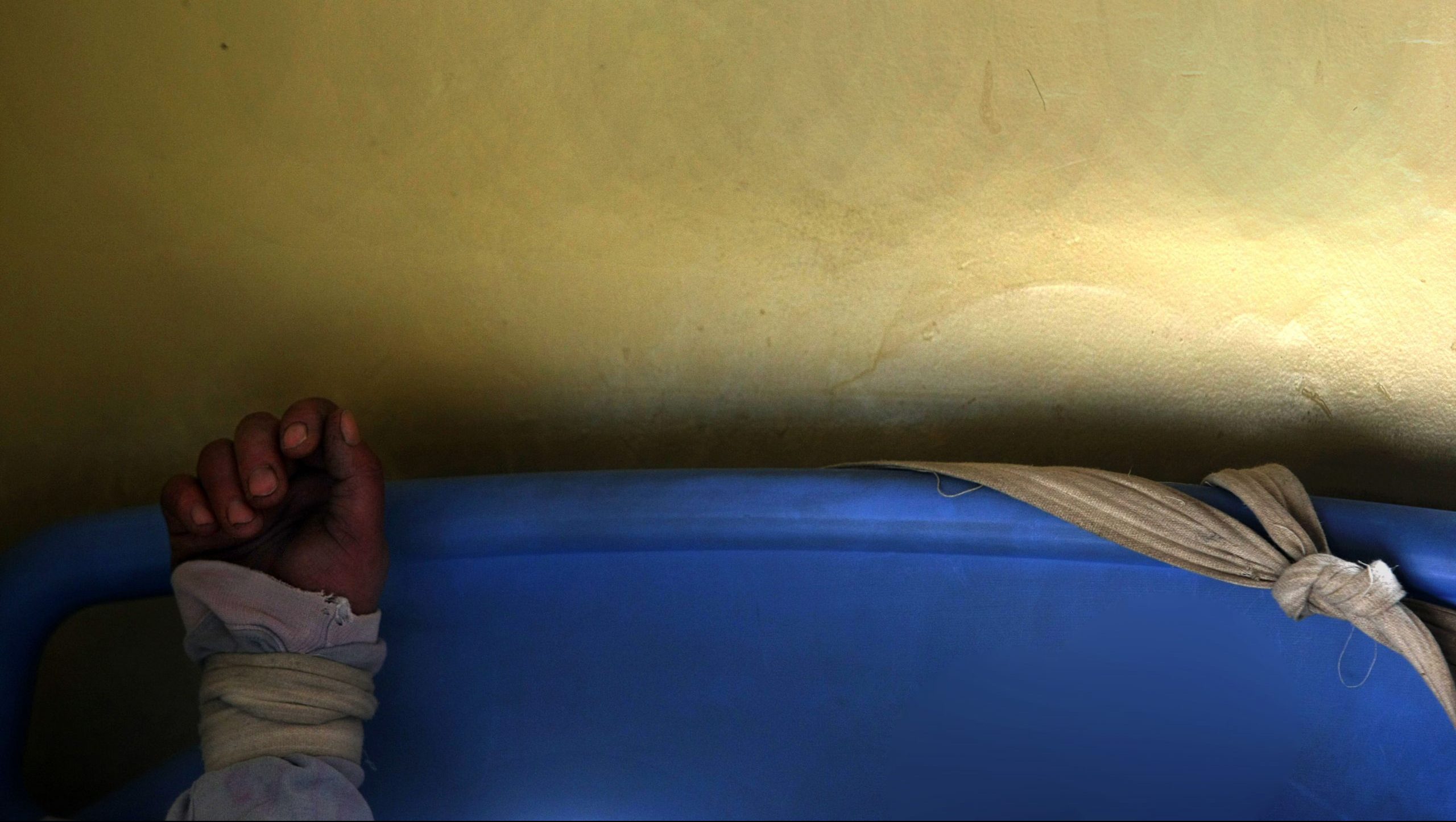
This picture, being from just 2007, is that much creepier due to its recent nature. Mania can be a difficult condition to deal with, but fastening the patient’s hands to the bed in the way pictured seems far from the safe and proper way to go about things. Kunming mental hospital is home to over 400 patients and is not known for having the best treatment of said patients, which seems pretty apparent.
Normansfield, Middlesex
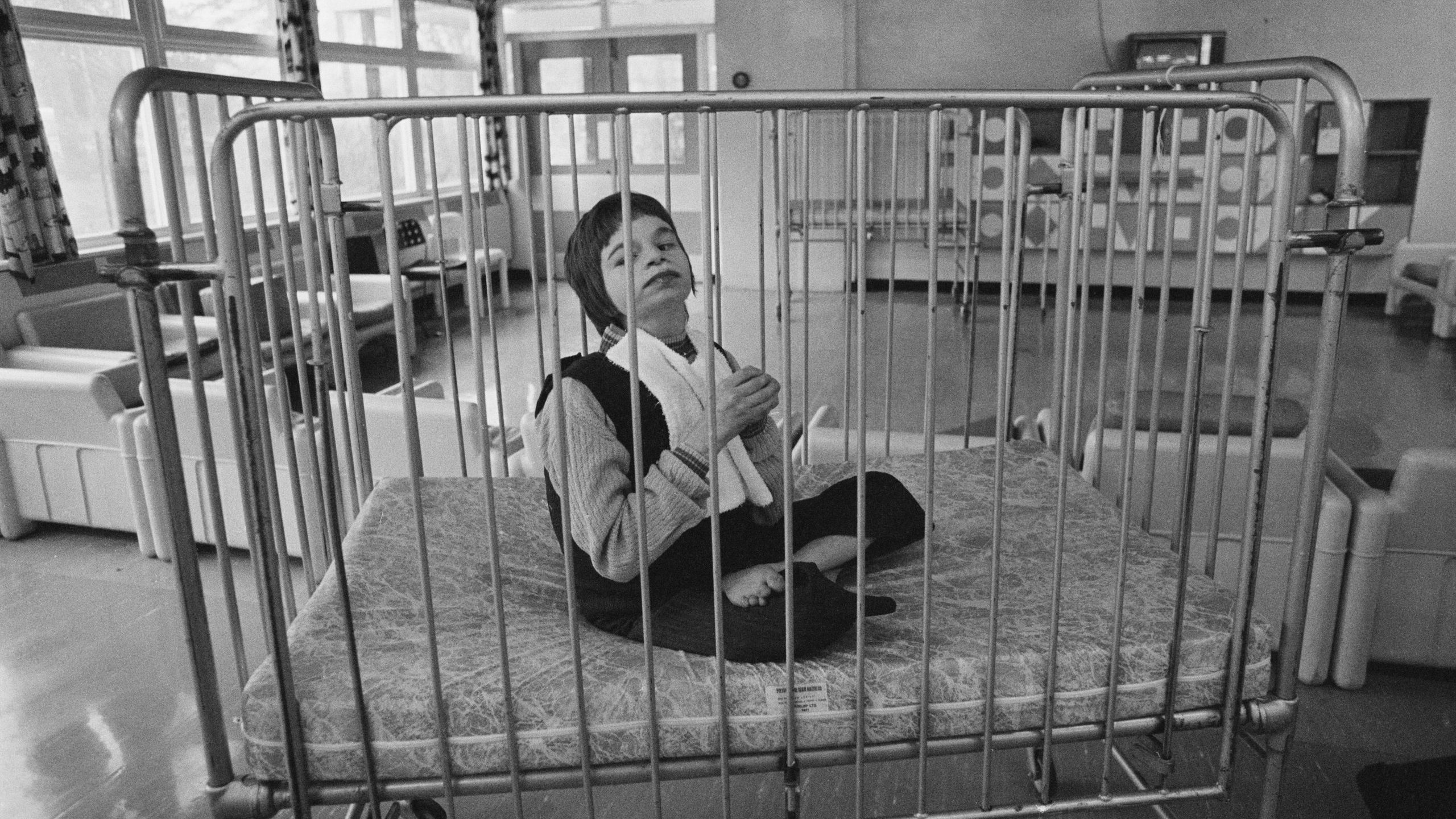
It’s no secret that those with difficulties regarding learning capacities have been treated as having less value than other people for many years. This was definitely the case in 1979 in the mental facility in Normansfield. Patients with learning disabilities were kept in cots with bars and treated with an immense lack of respect. The institute was only closed in the 1990’s when it was renamed and restructured.
Gonjiam Psychiatric Hospital, South Korea
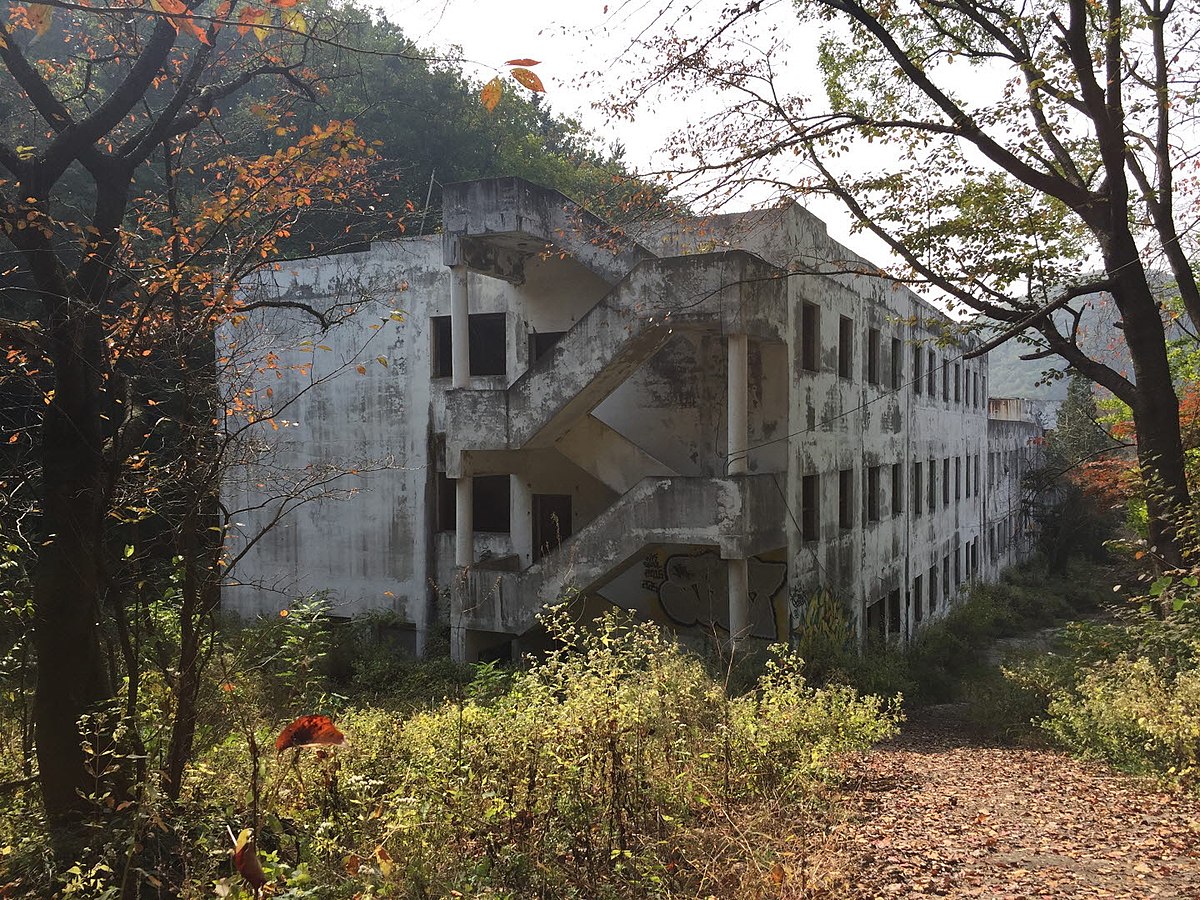
There are stories upon stories about what happened at Gonjiam Psychiatric Hospital. Most of them are somehow linked to ghosts, and it even inspired a horror film in 2018. The stories go that many patients died without any real explanation, but the truth of the matter is that there were sanitation and hygiene issues which lead to the patients’ deaths.
Forest Haven Asylum, Maryland
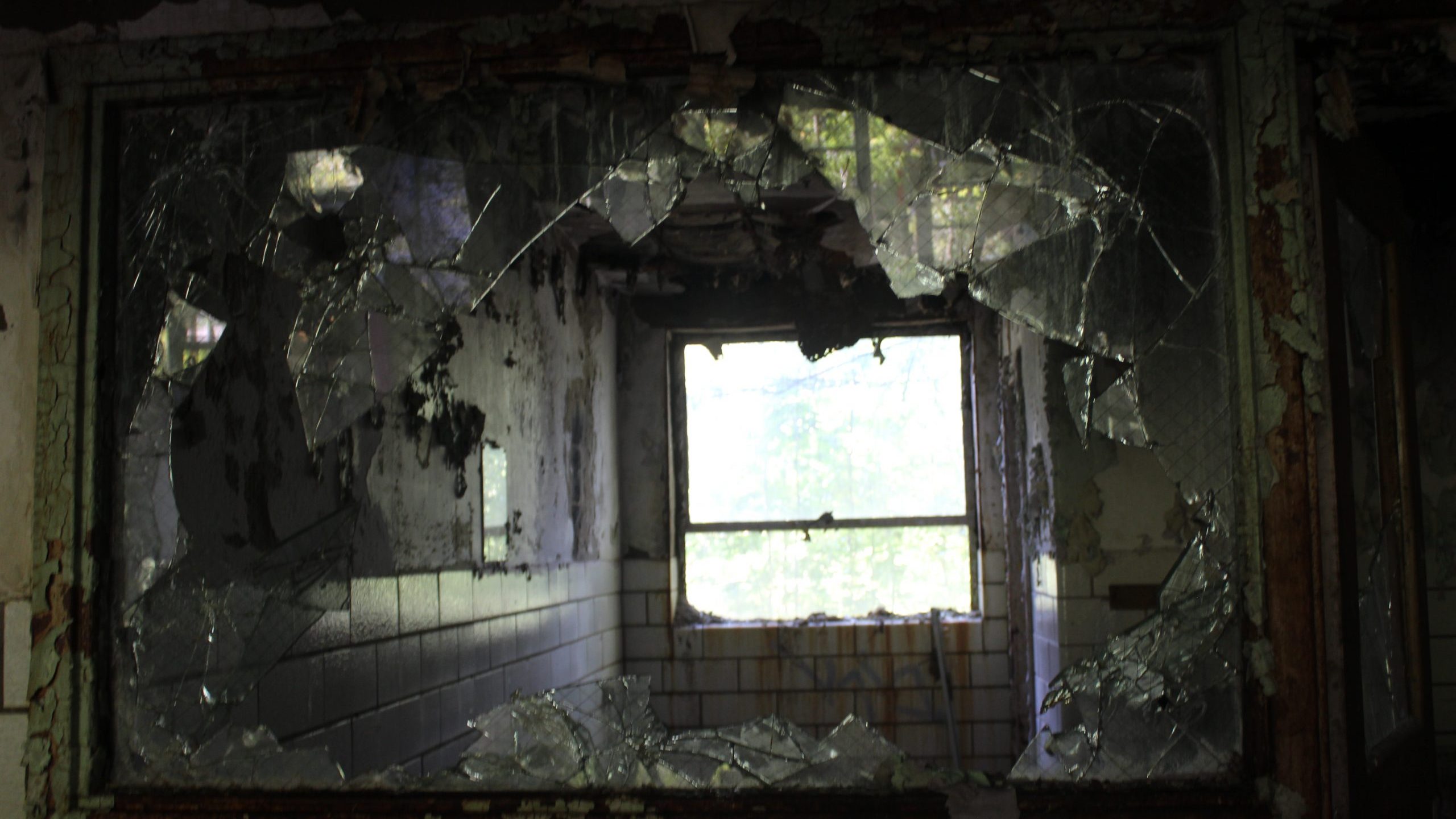
Forest Haven Asylum was once considered the best in the world for psychiatric care. This reputation did not last though, as the conditions became worse and worse in the institute. There were high levels of abuse from staff as well as poor hygiene in the asylum which lead to it becoming the most deadly facility in North America by the time it closed in 1991.
Severalls Asylum, Essex
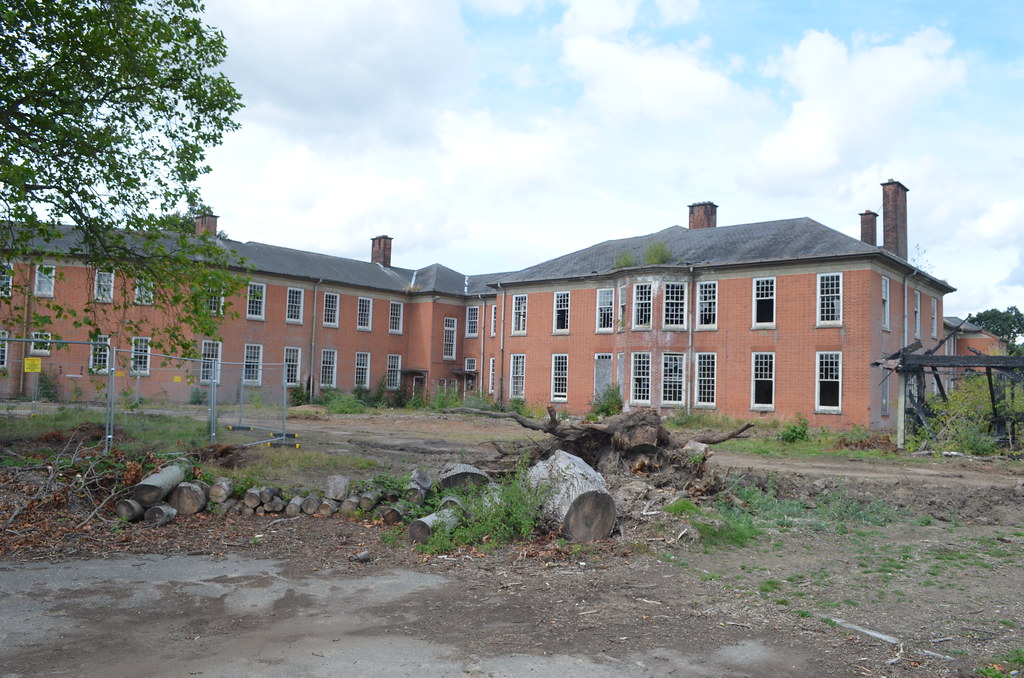
The kind of care practiced at Severalls Asylum while it was still open was uniquely controversial. The method there was something close to trial and error, where the staff would test out news kinds of treatment on patients, just to see if it worked. Needless to say a lot of things they tried did not work as desired and were often harmful. When you know that, it makes even looking at the building a little uncomfortable.
Hart Island, New York

Hart Island has been many things, from a prison camp to a women’s psychiatric facility. It is also known as the loneliest island in New York, making it completely secluded. One can only imagine how scary it must have been to be a patient with mental issues cut off from the rest of the world.
High Royd’s Lunatic Asylum, Menston
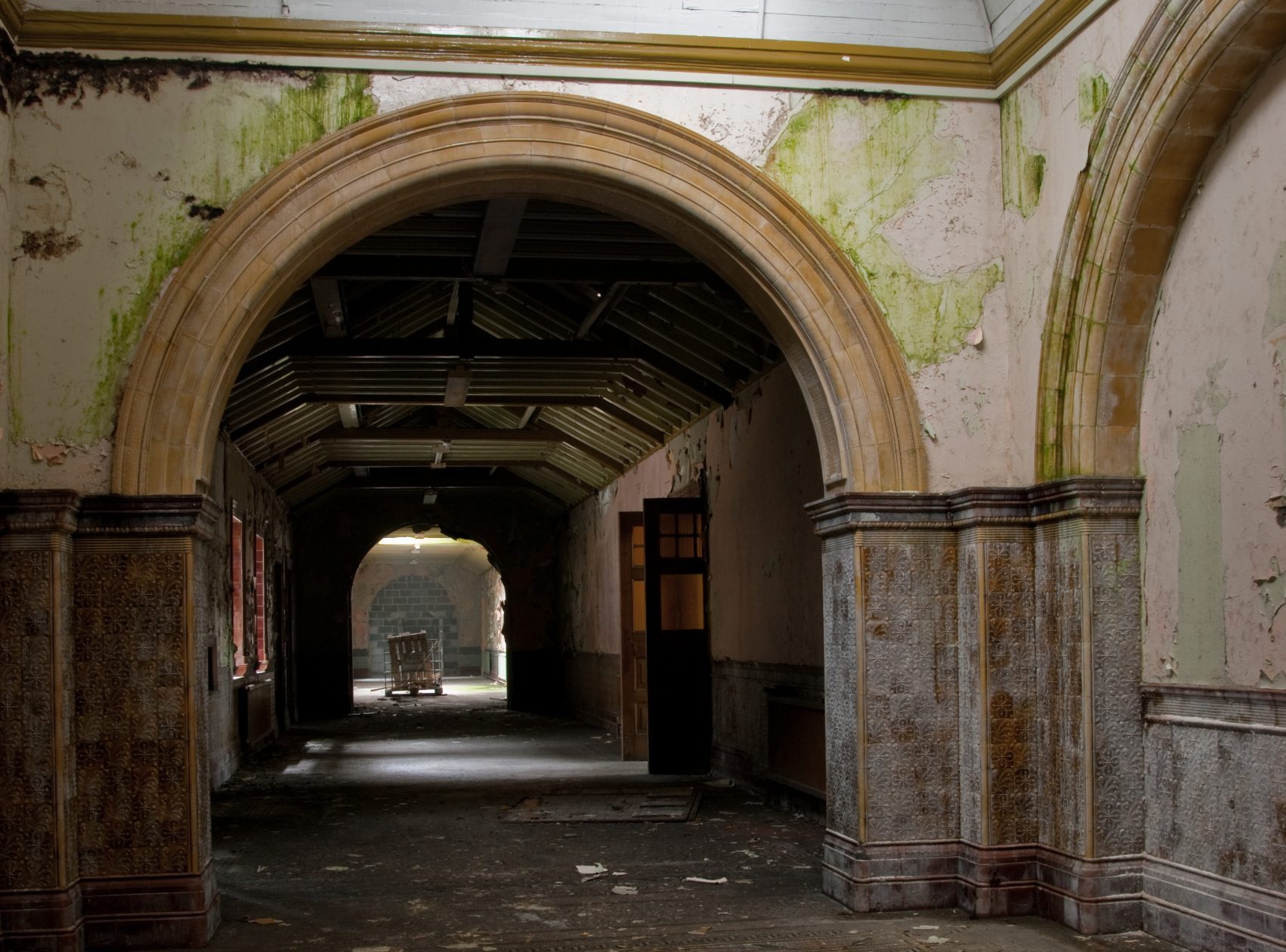
High Royd’s Hospital went by several names over the years, but it is considered to be the most haunted hospital in Yorkshire. Those considered mentally deficient were sent to High Royd’s to live and work. They practiced controversial treatments which were incredibly damaging to patients, such as electroshock therapy without any pain relief. Many mental illnesses were viewed as untreatable, in which case patients were often just restrained in their rooms and left there, sometimes until they died.
Topeka State Hospital, Kansas
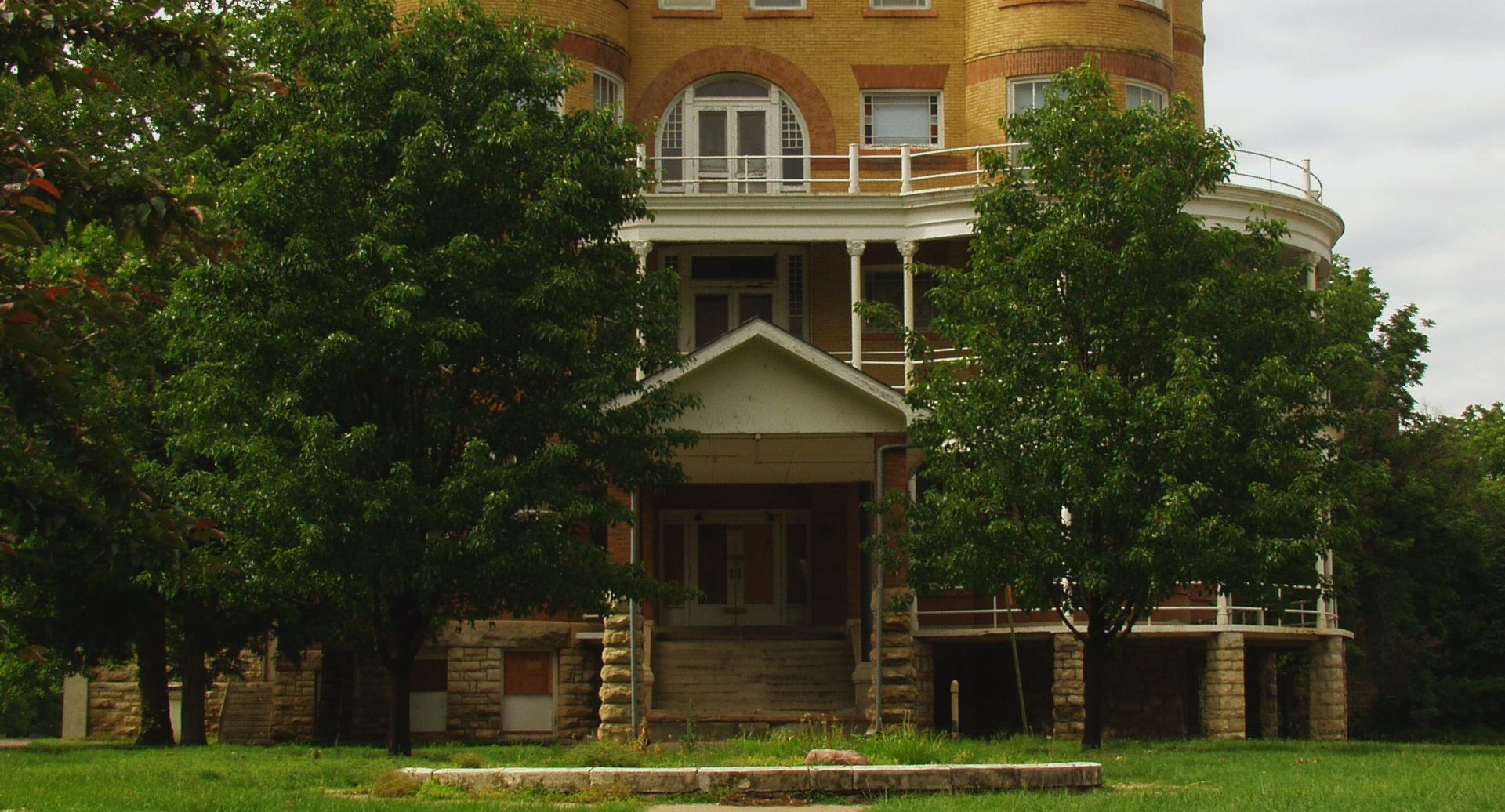
Topeka State Hospital had rumours of assault and maltreatment inside the walls going around since its opening in the mid 19th century. Due to issues such as a falsely diagnosed person being locked up there for many months and a patient killing a therapist on a scheduled outing, the hospital closed, their reputation completely ruined.
Narrenturm, Vienna
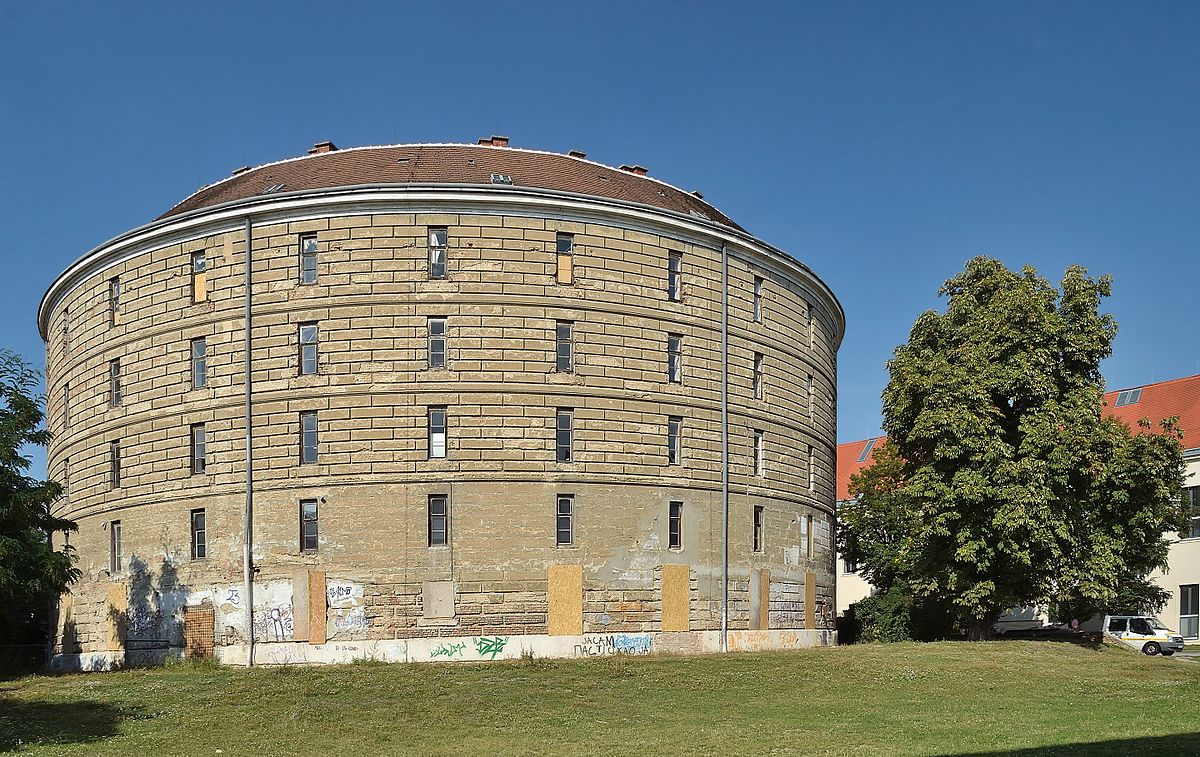
Narrenturm directly translates to “Fool’s Tower” in Austrian German. It was a mental asylum established in the 1700s where the mentally ill were treated like prisoners. The building was designed like a fortress and heavy chains were used to restrain the patients.
Metropolitan State Hospital, Massachusetts
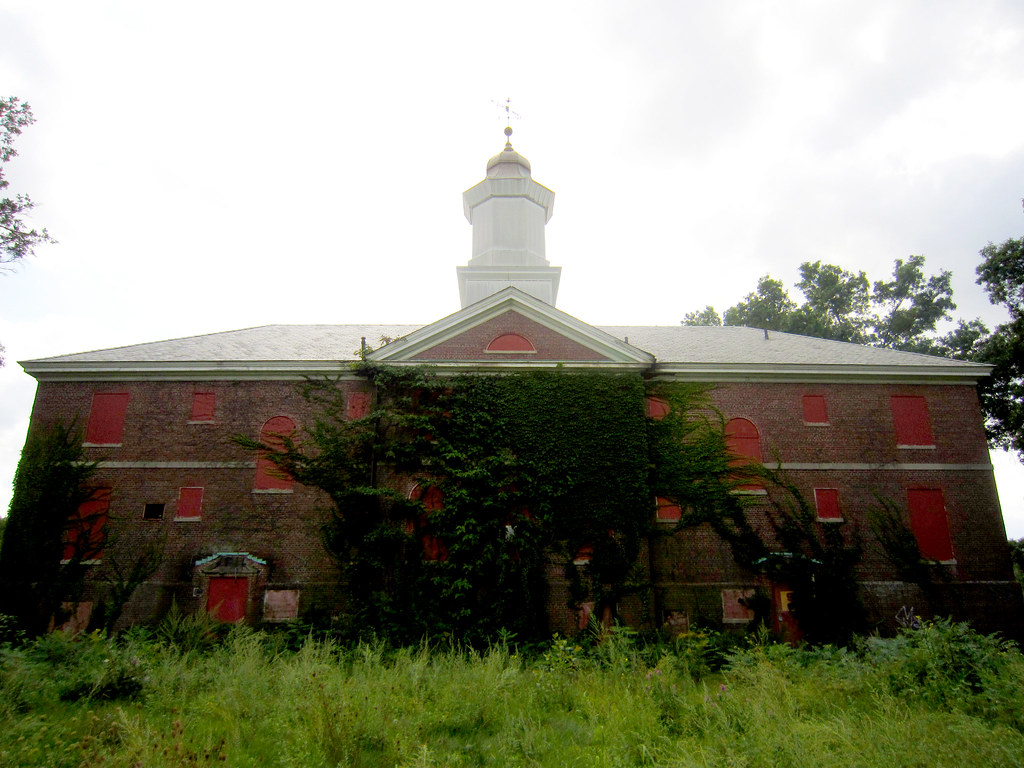
Unlike many of the other asylums on this list, Metropolitan State Hospital was opened in the 20th century and was known for being progressive in its care for mentally ill patients. It’s on this list for something that happened back in 1978. A patient named Anne Marie Davee was walking around the grounds and never returned. It was later found that another patient had killed her, burying her remains in three separate graves. He had even kept seven of her teeth which earned the nickname of the Seven Teeth Hospital.
Trenton State Hospital, New Jersey
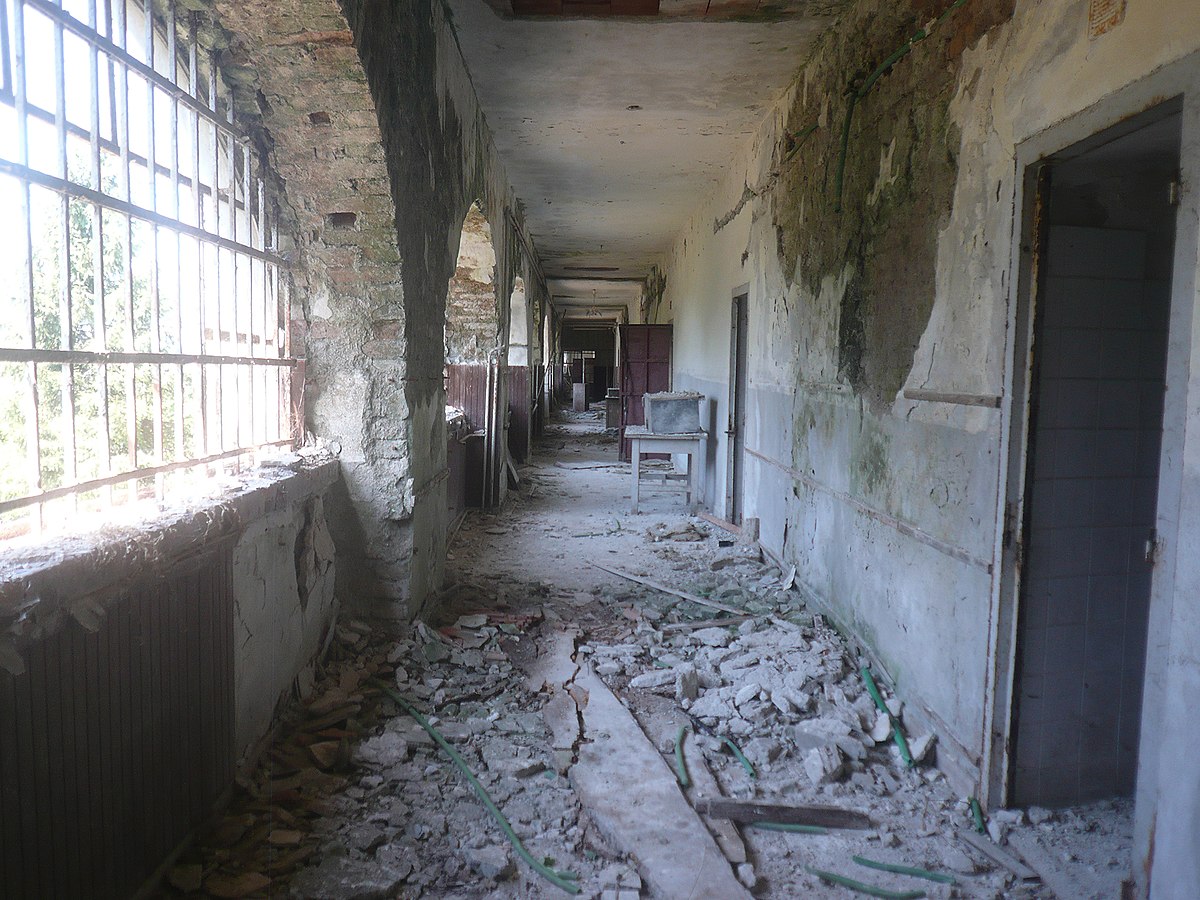
Dr. Henry Cotton worked at Trenton State Hospital for many years and had an interesting way of treating mental illness. He believed that physical infections and ailments were what caused mental illnesses. This meant he would cut body parts off of patients in an attempt to cure them. Needless to say it did not work and caused some horrific results for patients.
Beechworth Lunatic Asylum, Victoria

In the time that this Australian asylum was open, up to 9,000 patients died there. They practiced electroshock therapy regularly which by itself may not be too shocking. However, the strength of the shocks they used caused severe joint and ligament issues in patients, leading to many being contorted by this treatment alone.
Danvers Lunatic Asylum, Massachusetts

Danvers Lunatic Asylum was so widely known as treating its patients without any regard that it became the setting of a story by horror writer H.P. Lovecraft. Overcrowding lead to sanitation issues, and a key part of many treatments there were lobotomies, in an attempt to completely cure patients.
Colney Hatch Lunatic Asylum, London
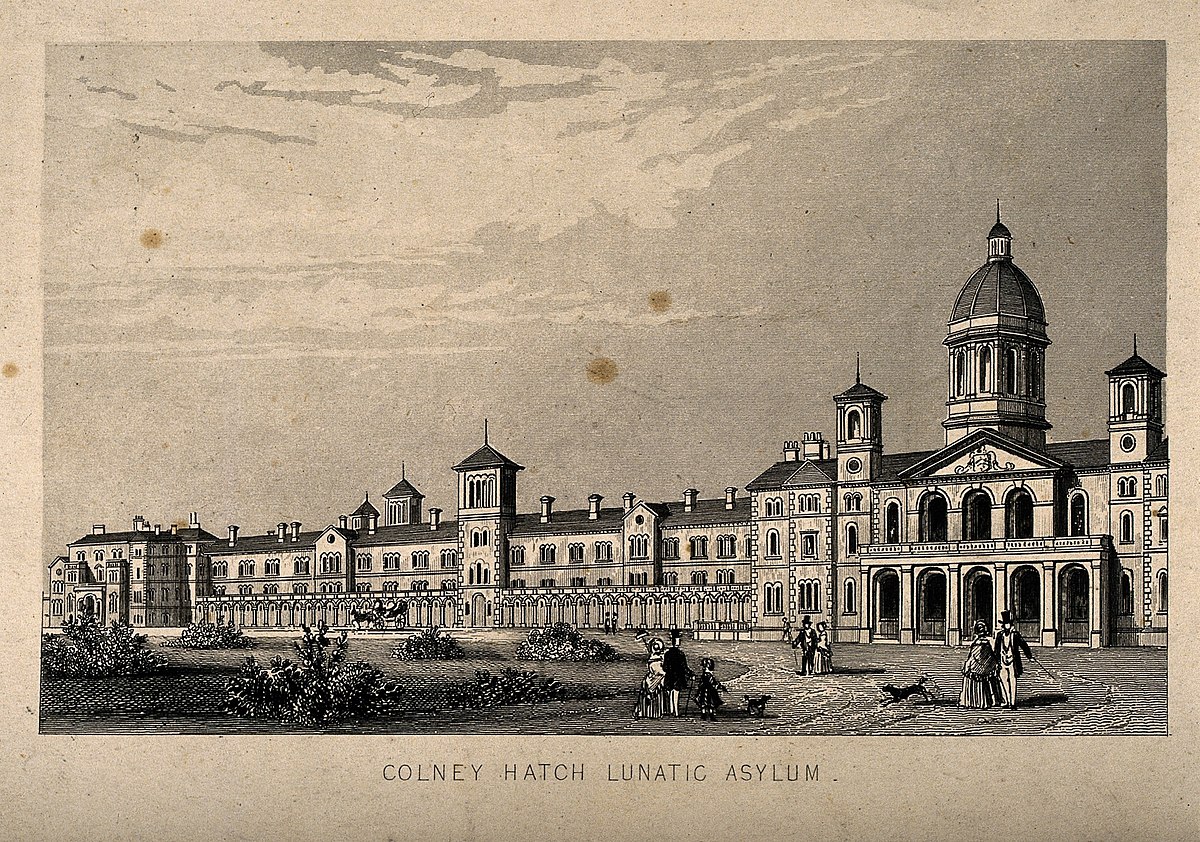
Due to overcrowding at this facility, overwhelmed staff resorted to restraining patients with shackles. While the facility was extended to fit 2,000 patients, it still had 3,000 within its walls. The Asylum was predominantly made of wood which was bad news when a massive fire burst out in 1903 leading to many deaths.
Overbrook Insane Asylum, New Jersey

Overbrook seemed from the outside like a perfect place for mentally ill patients to recover. It was surrounded by over 300 acres of land and was beautiful. However, patients underwent treatment such as insulin therapy, and one winter in 1917 the boilers stopped working and 24 patients died from the cold.
Fernald State School, Massachusetts
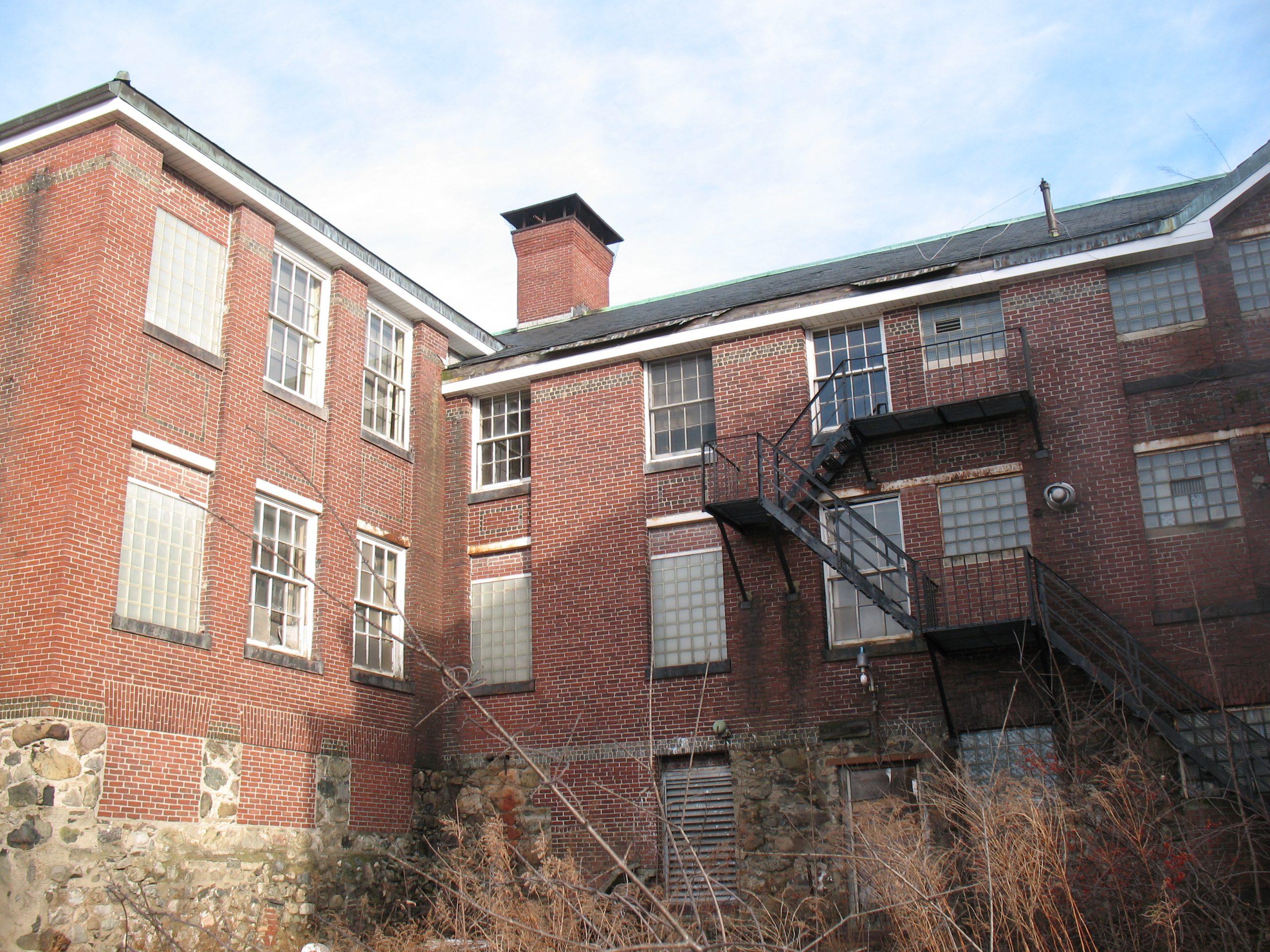
Some of the people who ran Fernald State School were eugenics advocates, arguing that certain kinds of people should not be able to reproduce and should be eliminated from society. This school accepted the mentally ill and disabled alongside those who simply seemed unwanted in society. They would give many incentives to those who joined the “Science Club” where they had chemicals and radiation tested on them. Fernald State School was pretty unethical to say the least.
Athens Mental Health Center, Ohio
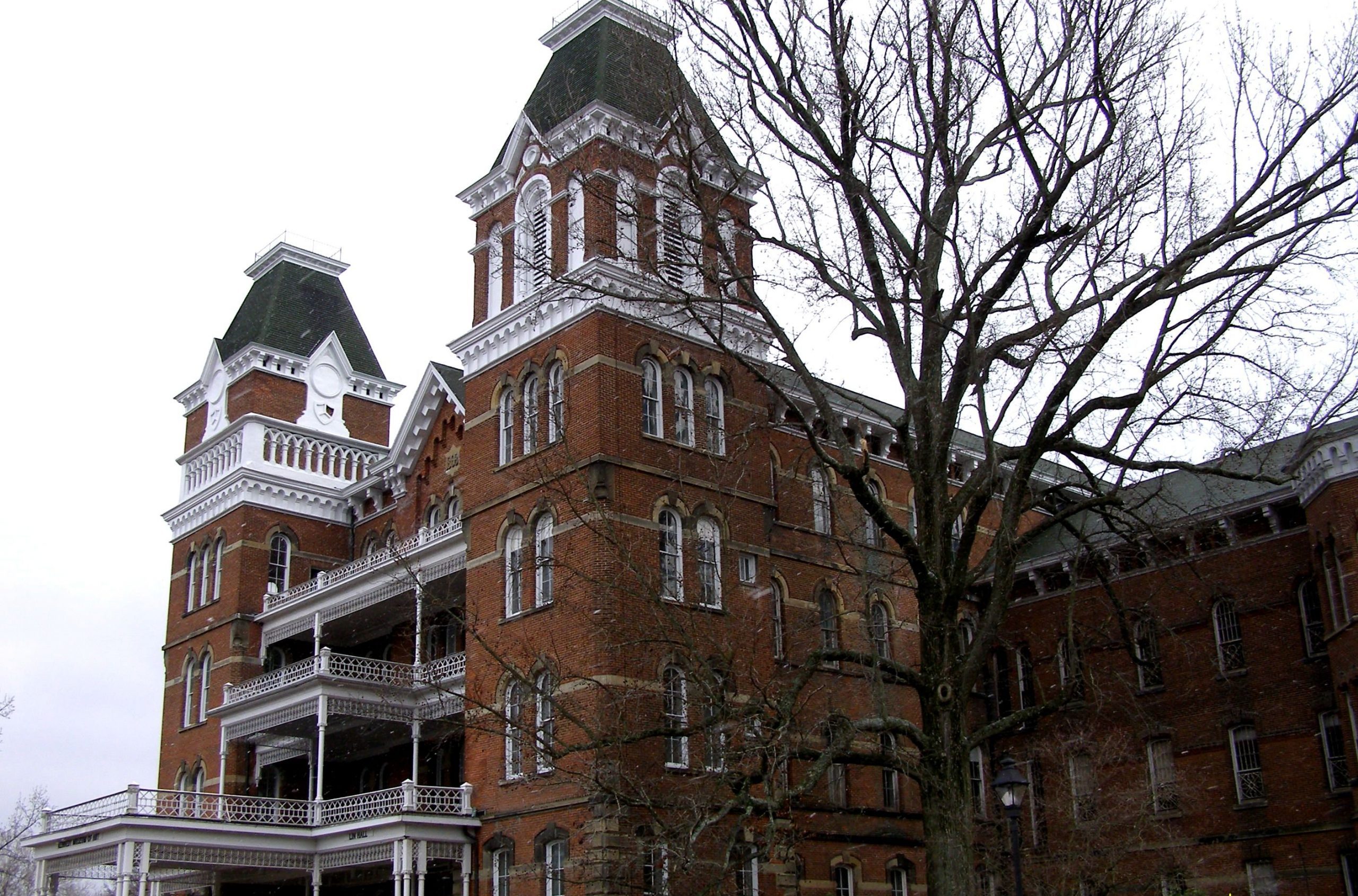
Athens Mental Health Center was meant to resemble a home so that patients would feel more comfortable. However, it is pretty difficult to feel comfortable in a place where they would try and shock mental illness out of patients’ brains through bleeding, bludgeoning, freezing and electric shocks, and that doesn’t even cover all of it.
Bloomingdale Insane Asylum, New York

The poor practices and patient treatment at Bloomingdale Insane Asylum were exposed in 1872 when a journalist went undercover, having himself committed to the facility for ten days. He found patients were being abused, made to bleed, and even driven to take their lives. The book that arose from his research lead to rights increases for the mentally ill.
Broadmoor Mental Hospital, Berkshire
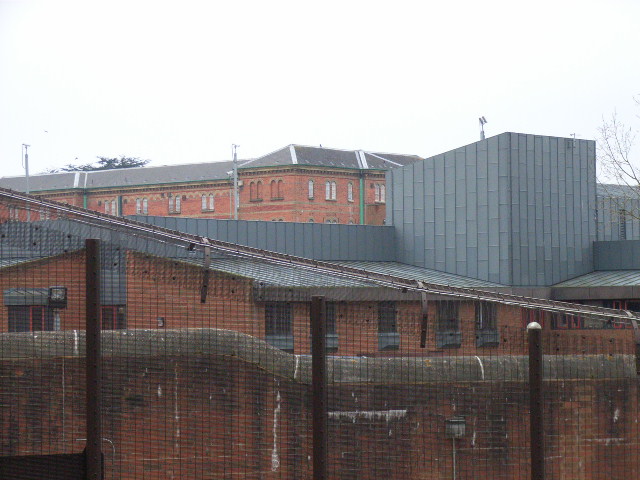
Broadmoor first opened in 1863 in Berkshire, England, and it remains running to this day. The practices there have certainly changed over the years. It is one of the oldest high-security mental health facilities in the world, and is still where they treat patients with the most severe and possibly dangerous support needs. They have added many security measures over time, since in 1952 a patient escaped and killed a child in the local area.
Greystone Park Psychiatric Hospital, New Jersey

Greystone Park Psychiatric Hospital closed in 2008 due to overcrowding and living conditions which had been an issue since the facility opened in the 19th century. Electrotherapy and hydrotherapy were common, but the patients at Greystone Park were also made to do hard labour to put the supposed excess of blood in their brains to use. This was meant to decrease manic behaviour and insanity, but was not the most effective of treatments.
Bedford Lunatic Asylum, Bedfordshire

Bedford Lunatic Asylum opened in 1812 but only stayed open until 1860, due to issues with patient treatment, overcrowding, and understaffing. Many patients died in the years that Bedford Lunatic Asylum was open, and since its demolition, the land has been used for a residential area. Those bodies now lie beneath the children’s playground, the bones becoming dust.
St. Luke’s Hospital for Lunatics, London

St. Luke’s was one of the earliest mental asylums out there, being opened in 1751 and closed in 2011. At the start of its time treating people, patients would be dunked in ice water and shaken violently in an attempt to freeze or shake away the mental illness. Though it was started with the intention of helping the poor in need of mental health treatment, this did not last long and the hospital soon became a facility for the middle classes. Like many facilities, it dealt with overcrowding and poor living conditions as a result.
Medfield State Hospital, Massachusetts
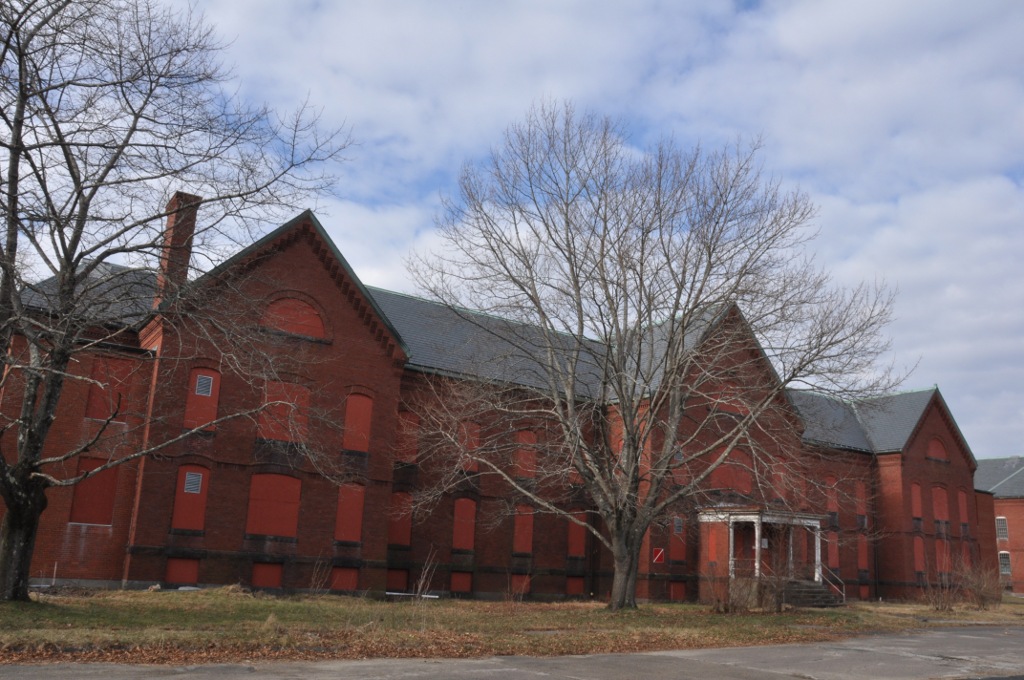
Medfield was an entirely self-sufficient facility, unlike most others. They grew their own food, had livestock, and even generated their own electricity. This lead to many patients being overworked, despite none being officially employed, as the claim was that the work would do them good. Their grounds are still open today, though the hospital has closed and the buildings are in varying states of disrepair, and it was even used as as a filming site for Shutter Island.
Volterra Lunatic Asylum, Italy
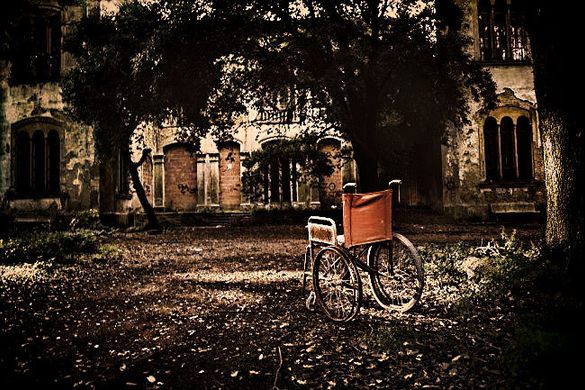
The Volterra Lunatic Asylum, also known as the Ospedale Psichiatrico di Volterra, is Italy’s most notorious abandoned mental institute. It closed due to how poorly it treated the patients residing there. The nurses and doctors were treated like guards and the patients were treated and reportedly felt like prisoners. The abandoned scene there still looks like something out of a horror movie.
Riverview Hospital, British Columbia
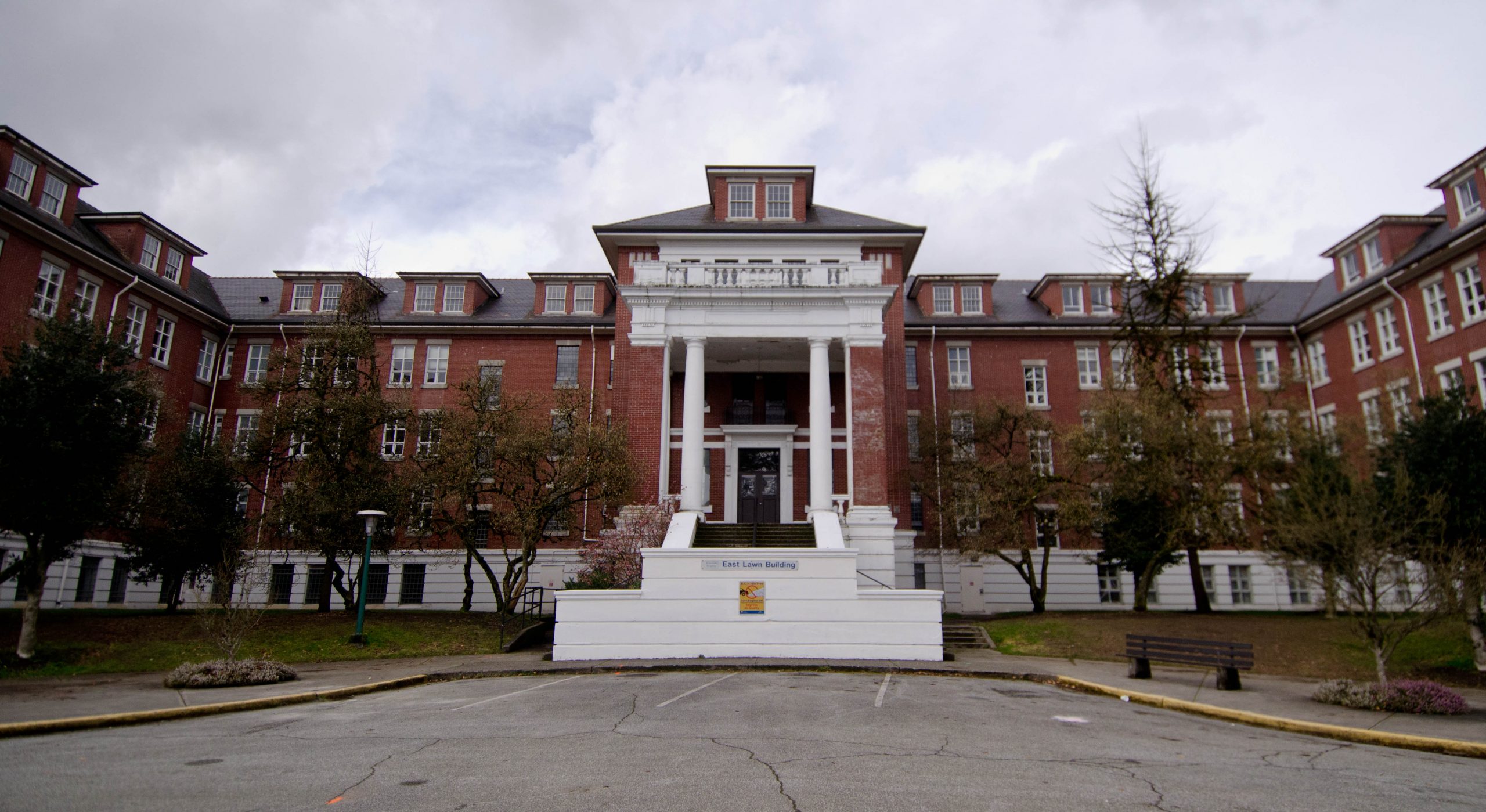
Riverview Hospital, like all the hospitals on this list, has an unpleasant history to say the least. Not only did the hospital practice forced electroshock therapy until the 21st century, but they also faced lawsuits due to the eugenicist practice of sterilizing patients. It doesn’t get much more unethical than that!
Denbigh Insane Asylum, Wales
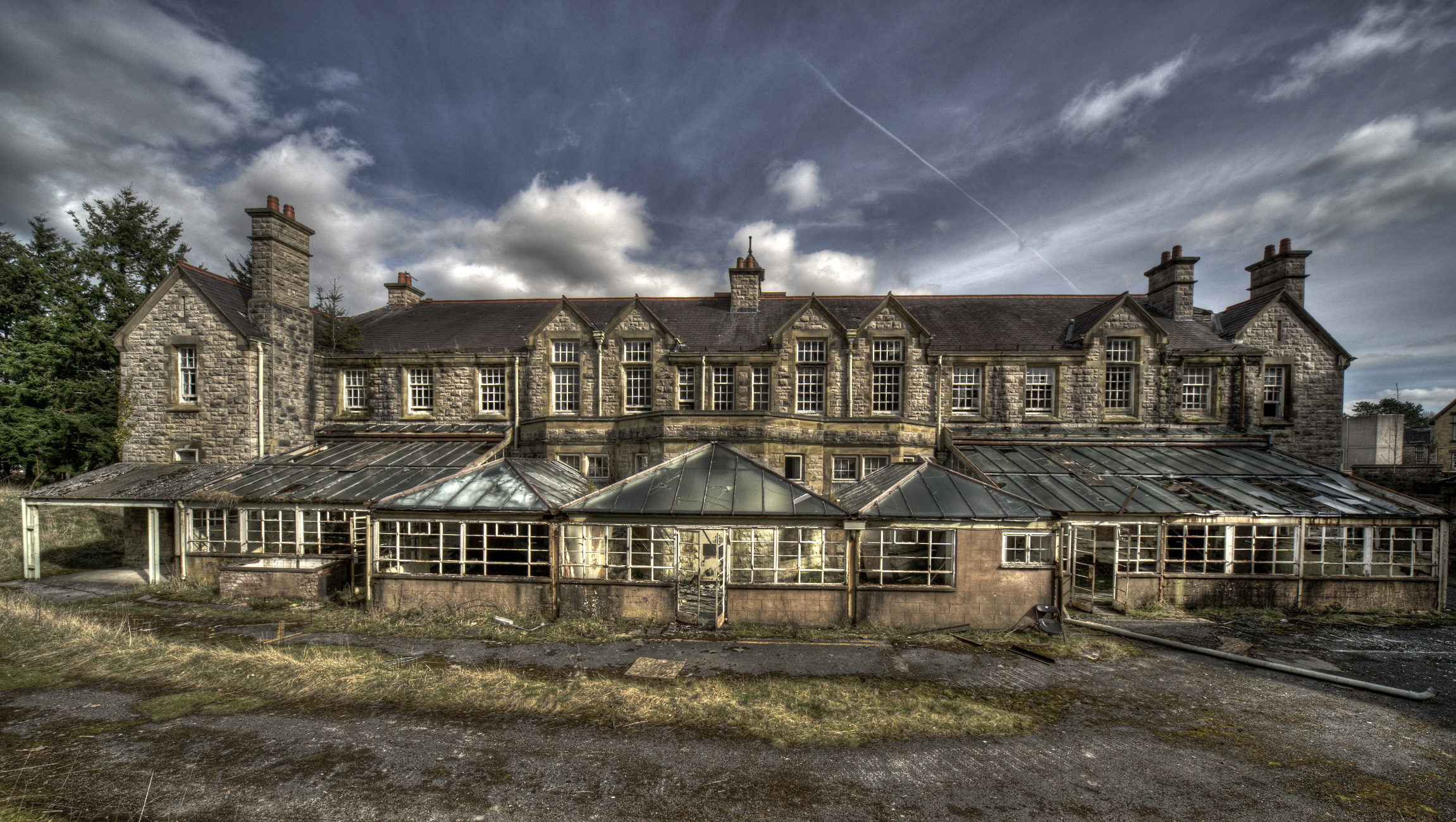
The ruins of Wales’ Denbigh Insane Asylum are still around today. It suffered from severe overcrowding which resulted in important tasks around the hospital being assigned to patients rather than qualified nurses. Treatment became worse and ended up comprising mostly of sedating patients or giving them water treatment. Patients considered violent were put and left in cages and/or lobotomised.
Sanatorio Durán, Costa Rica

This sanatorium was not primarily for people with mental illnesses, but their inclusion without proper knowledge on how to treat them was part of the reason for Sanatorio Durán’s downfall. It was not treated as a proper hospital at all, but as a place where societal outcasts could live together without bothering local communities. Yikes! So you’d have mentally ill people, people in poverty, those with severe contagious illnesses and criminals all living together. It’s no shock it didn’t last.
Hagedorn Psychiatric Hospital, New Jersey
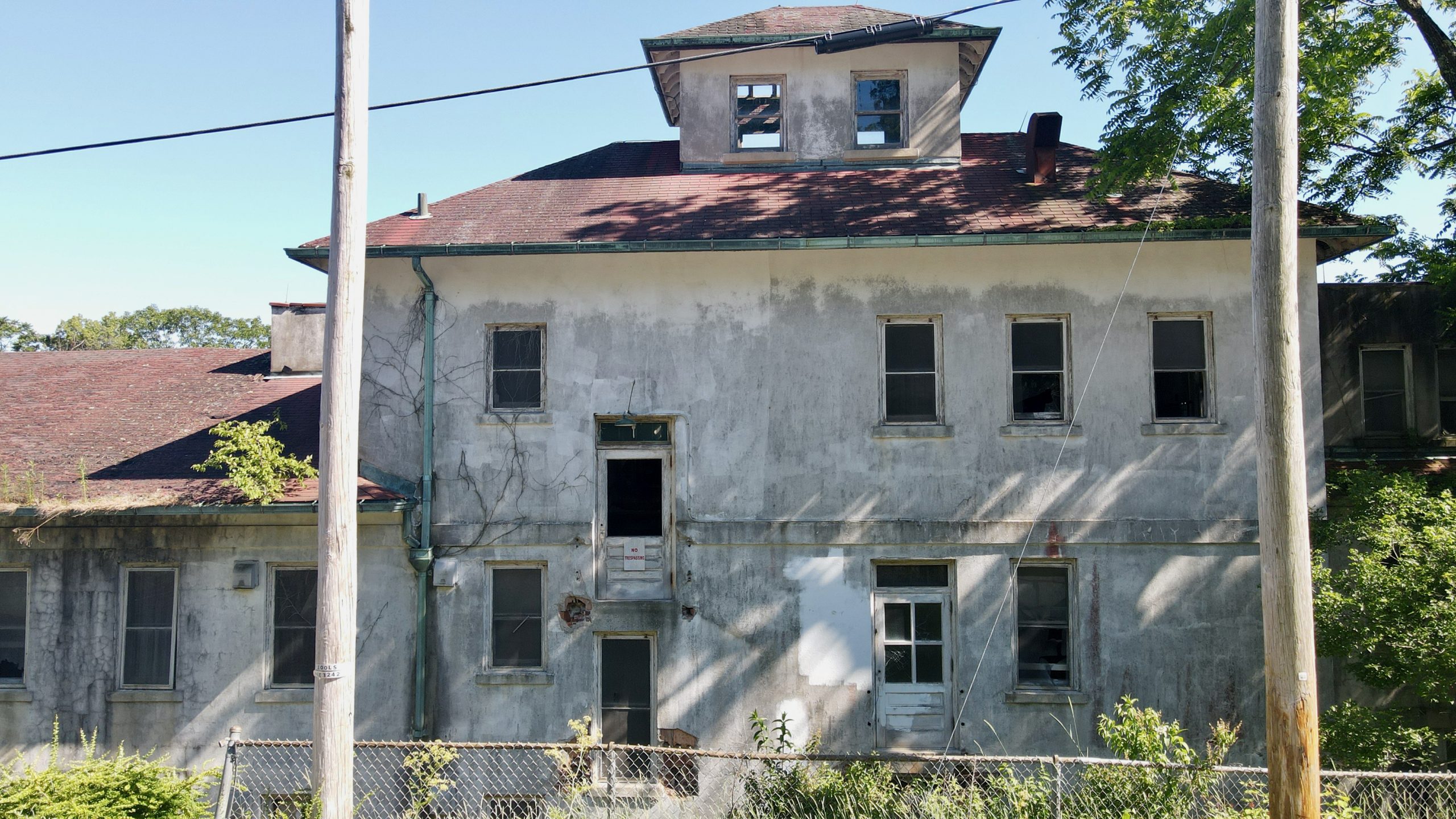
This psychiatric facility was an added on section to Hagedorn Sanitorium back in the 1970s which wanted to commit itself to treating the incurable. However, it was started up in a time period when mental health professionals were moving away from the model of mental hospitals that patients would be committed to, so it came at an inopportune time. In order for the state to commit to higher standards for patients, it too had to close its doors in 2012.
St. Brigid’s Hospital, Ireland
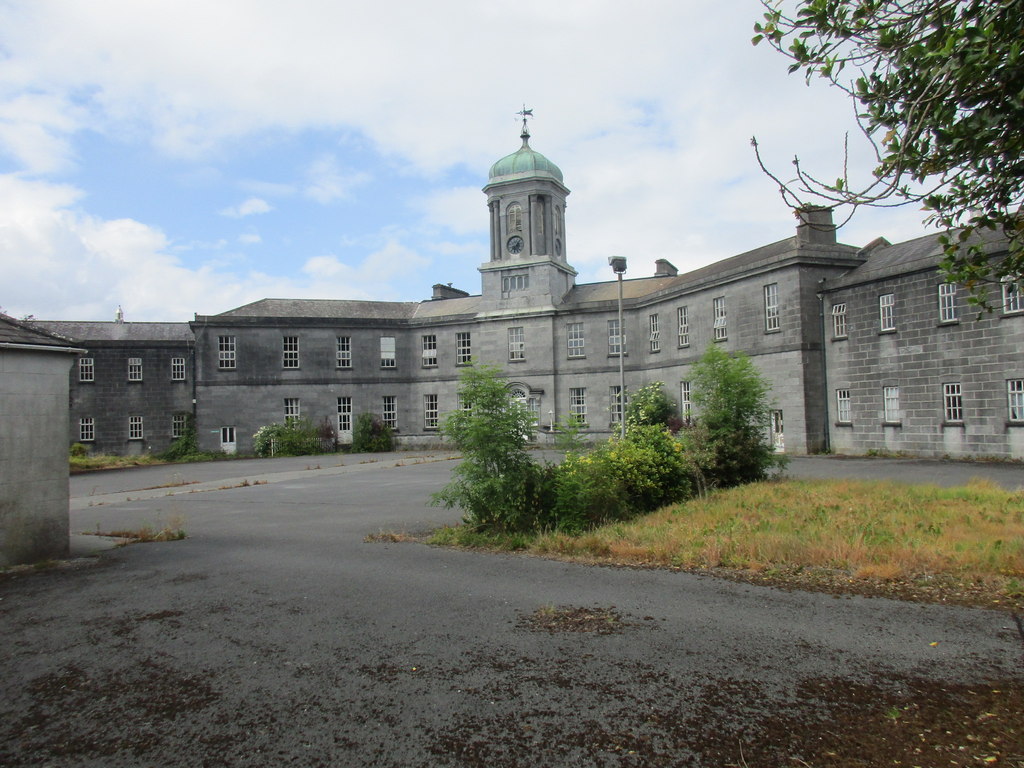
St. Brigid’s Hospital was a major mental health facility for many years prior the movement of deinstitutionalisation. People with mental illnesses would be left at St. Brigid’s by family members who could not or simply did not want to deal with them. If they had outbursts, straitjackets were commonplace. Restraints of other kinds as well as sedatives were also used on patients who would not comply.
Old Mental Hospital, Hong Kong

Like many mental health facilities of the past, the Hong Kong Old Mental Hospital became more than just a mental institution, but a prison as well. The patients were kept inside by force and often due to the attitudes of family around them who did not understand their behaviour. This included people whose mental structures we try to be more understanding of today, such as those with autism or Down syndrome.
Newsham Park Hospital, Liverpool

This facility in Liverpool has been many things: a mental hospital, a nursing home, and an orphanage. It is known to be a haunted building, with paranormal investigators visiting the building regularly. There are many claims of hearing both footsteps and voices in the building, possibly due to its time as either a World War II orphanage or a mental institution. Some investigators even pay to spend the night in the abandoned building.
Barnes Hospital, Manchester
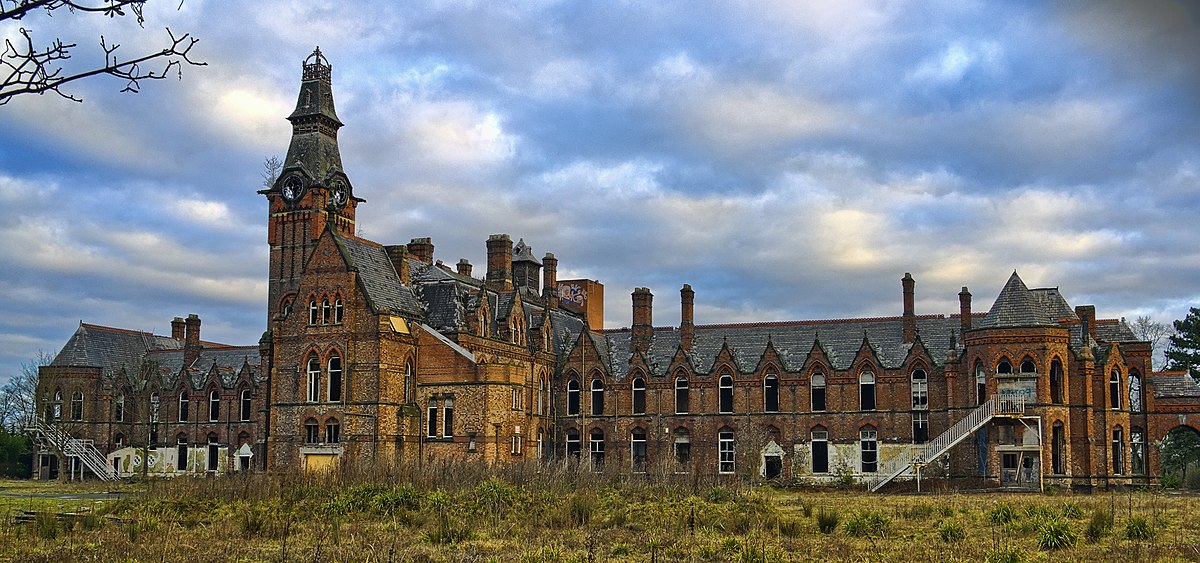
Set in a clearing surrounded by forests, Barnes Hospital is a large and absolutely stunning gothic structure. It housed the mentally ill and World War II patients at different points in its history. It’s been a setting for several horror films, and rightly so. It is a site of a lot of paranormal activity, from noises to seeing faces through the windows. The building was demolished and replaced with luxury flats, but the paranormal happenings and issues with the building there did not cease. Perhaps a coincidence, or maybe something more.
Rolling Hills Asylum, New York
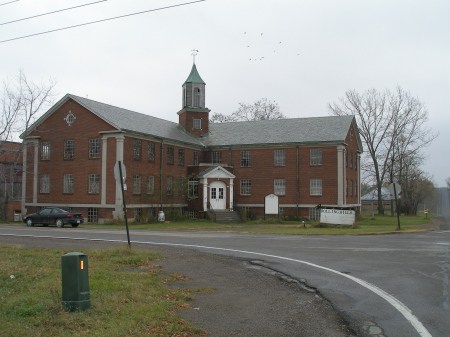
Rolling Hills was an asylum for the mentally ill and those who couldn’t care for themselves alongside being a poorhouse for the destitute and minor criminals. It was a place to keep people who needed to be controlled in the eyes of society. There is a long history of paranormal activity at Rolling Hills, with record players playing unusual noises and strange figures appearing in the building. Its history must have something to do with that.
Rockhaven Sanitarium, California

Rockhaven Sanitarium started as an institution for mentally ill women. It was a serene place where patients could relax and, unlike many other facilities, not too much drama went down here. In fact, many patients seemed to enjoy their time here, even to the extent that their spirits might not have left… Flickering lights, whispering walls, and disappearing objects were a common occurrence that likely had to do with the institution’s work.
Barrow Gurney Psychiatric Hospital, Somerset
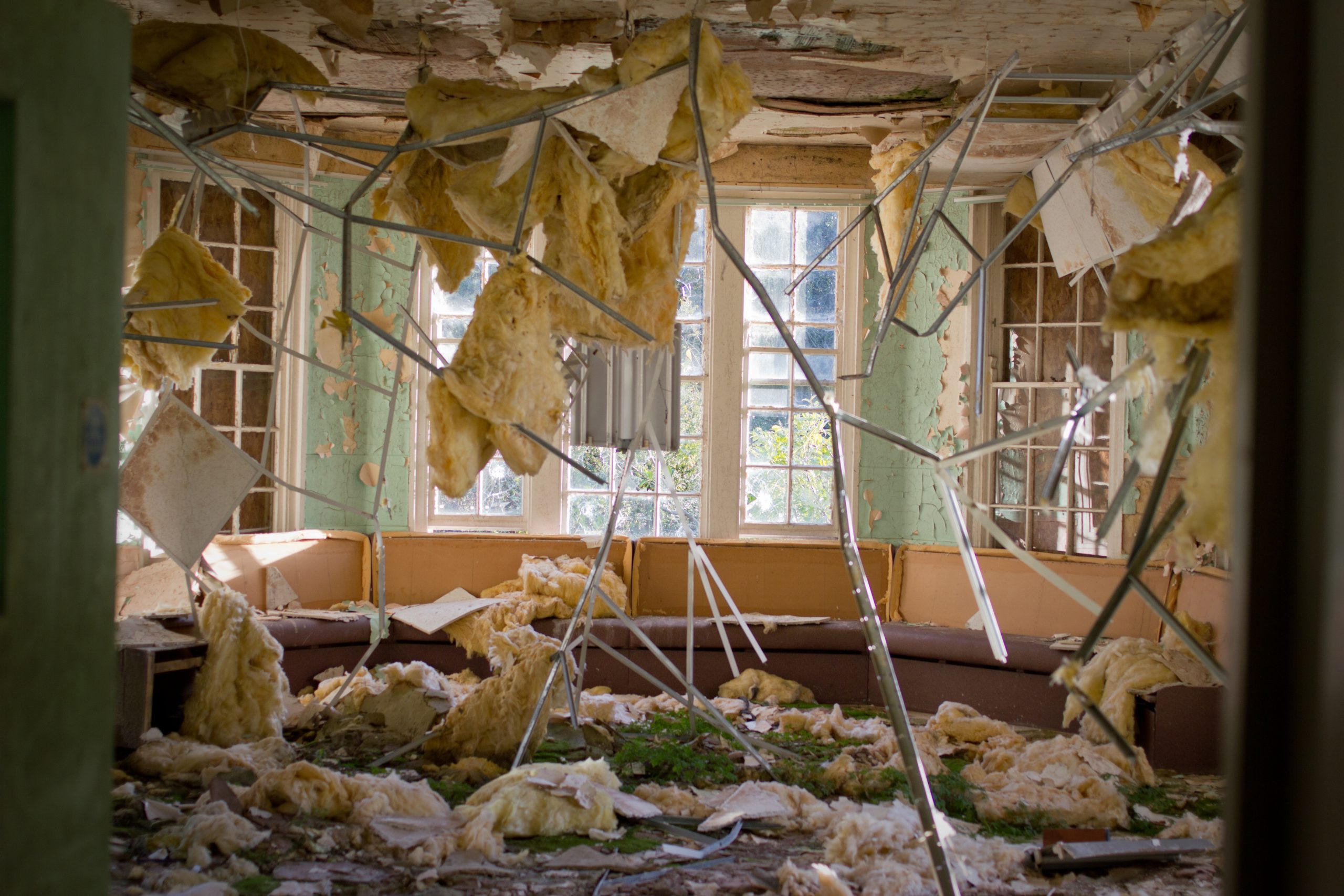
This psychiatric facility was among the very worst for patient care in the United Kingdom. The living standards were so bad that it was known as the dirtiest hospital in the country. This resulted in countless deaths to little to no concern of the government and staff. Barrow Gurney was a place of utter suffering, and has been heavily vandalised since its closing, making the building that much creepier.
Utica State Hospital, New York

Utica State Hospital was New York’s first state-run psychiatric hospital. While it looked fancy from the outside, the patient treatment inside was pretty different. It is where the Utica crib was first invented: a bed surrounded by a cage used to restrain the patients on it. According to those who have visited the building since its closing, it is haunted to this day.
Alton Mental Health Center, Illinois
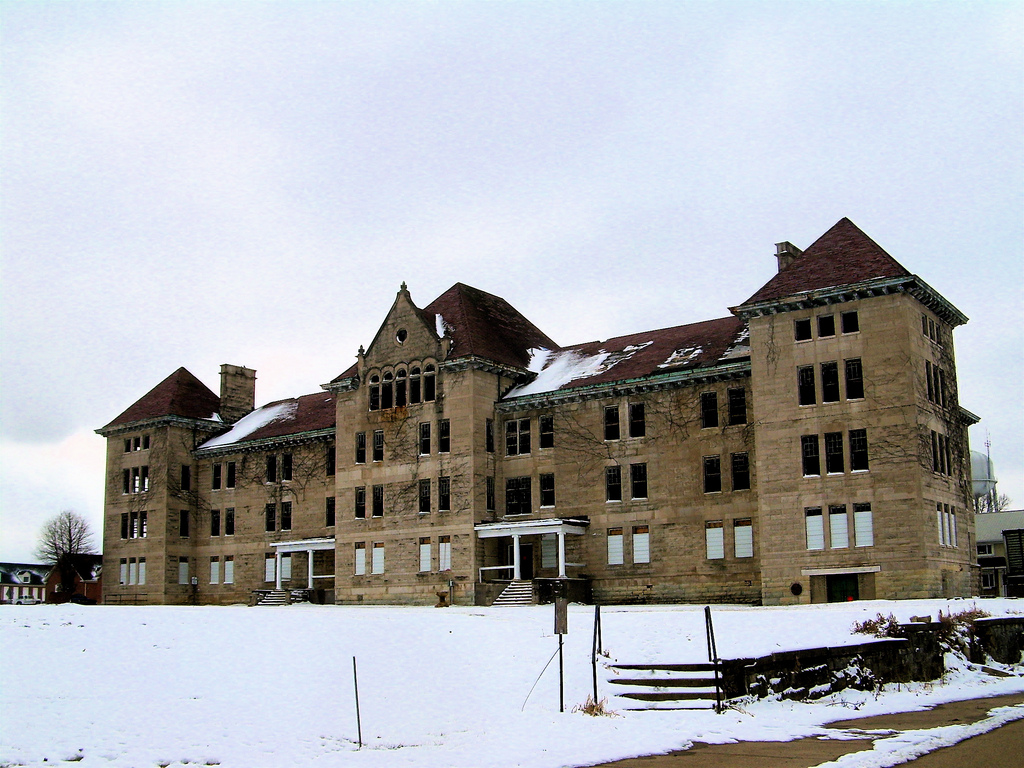
Alton Mental Health Center is still open, but that is not because it treated its patients better than other facilities by any means. It was not unusual to treat patients with electroshock or cold-water therapies, and even lobotomies were fairly well reported. Patients, nurses, and visitors have reported paranormal happenings at the hospital over the years since its care standards have improved, which comes as no surprise.